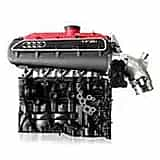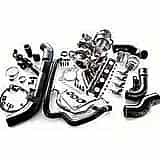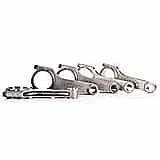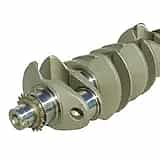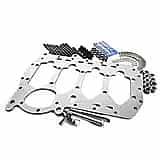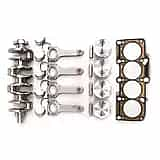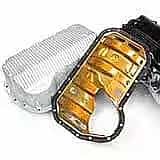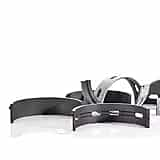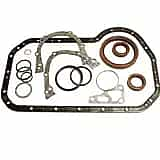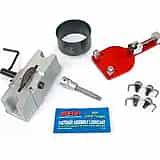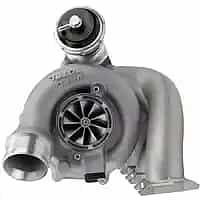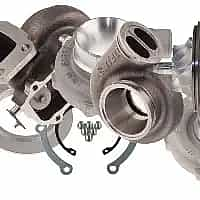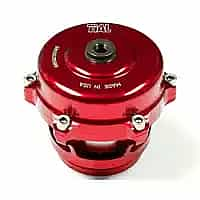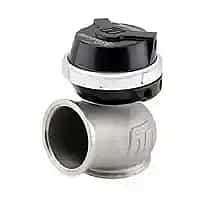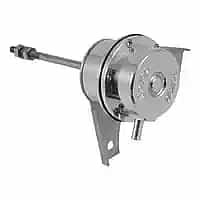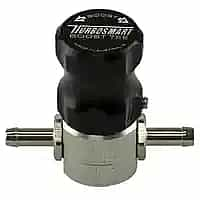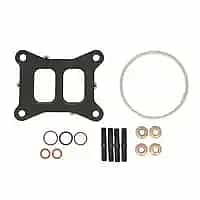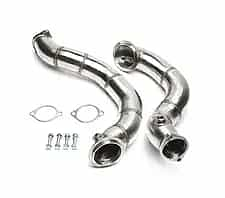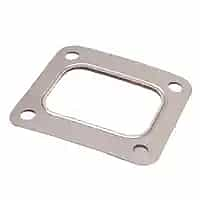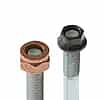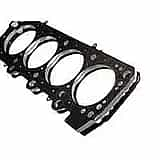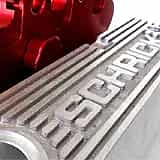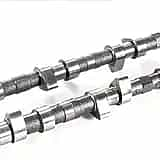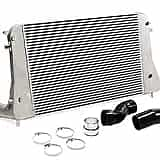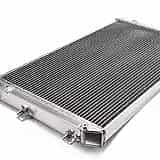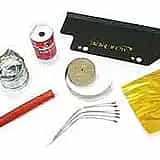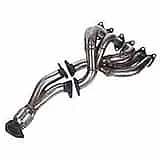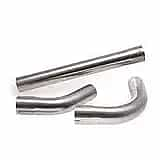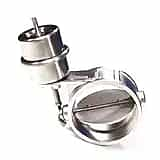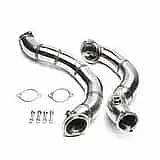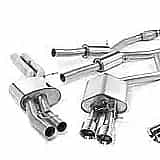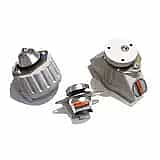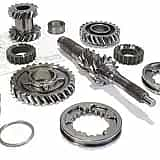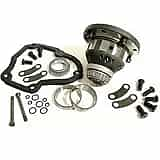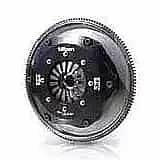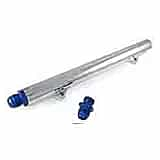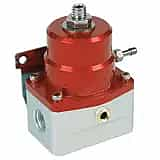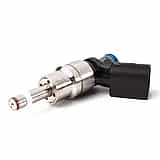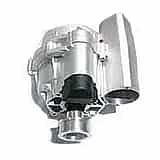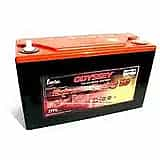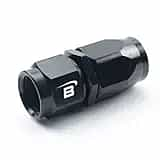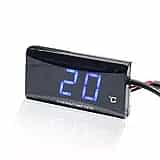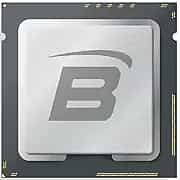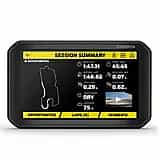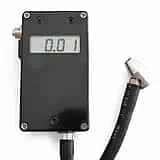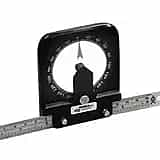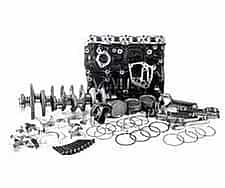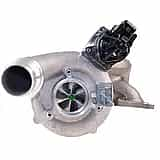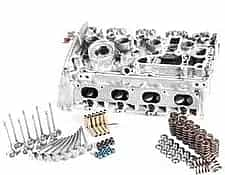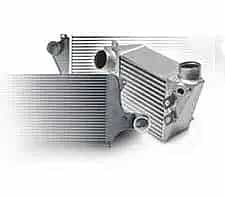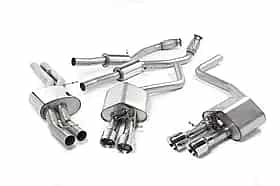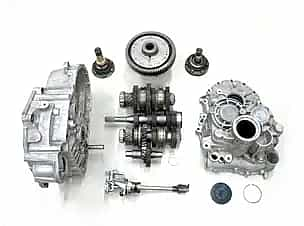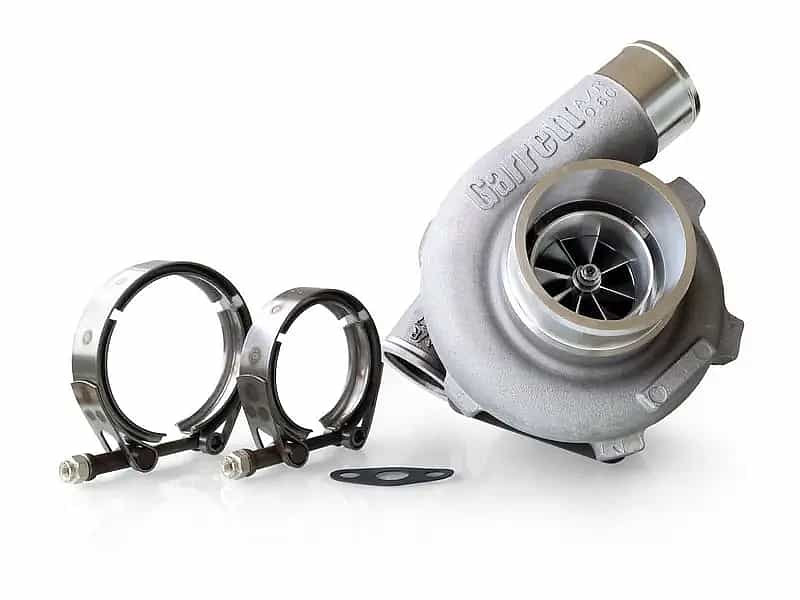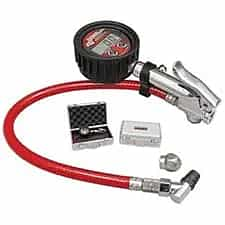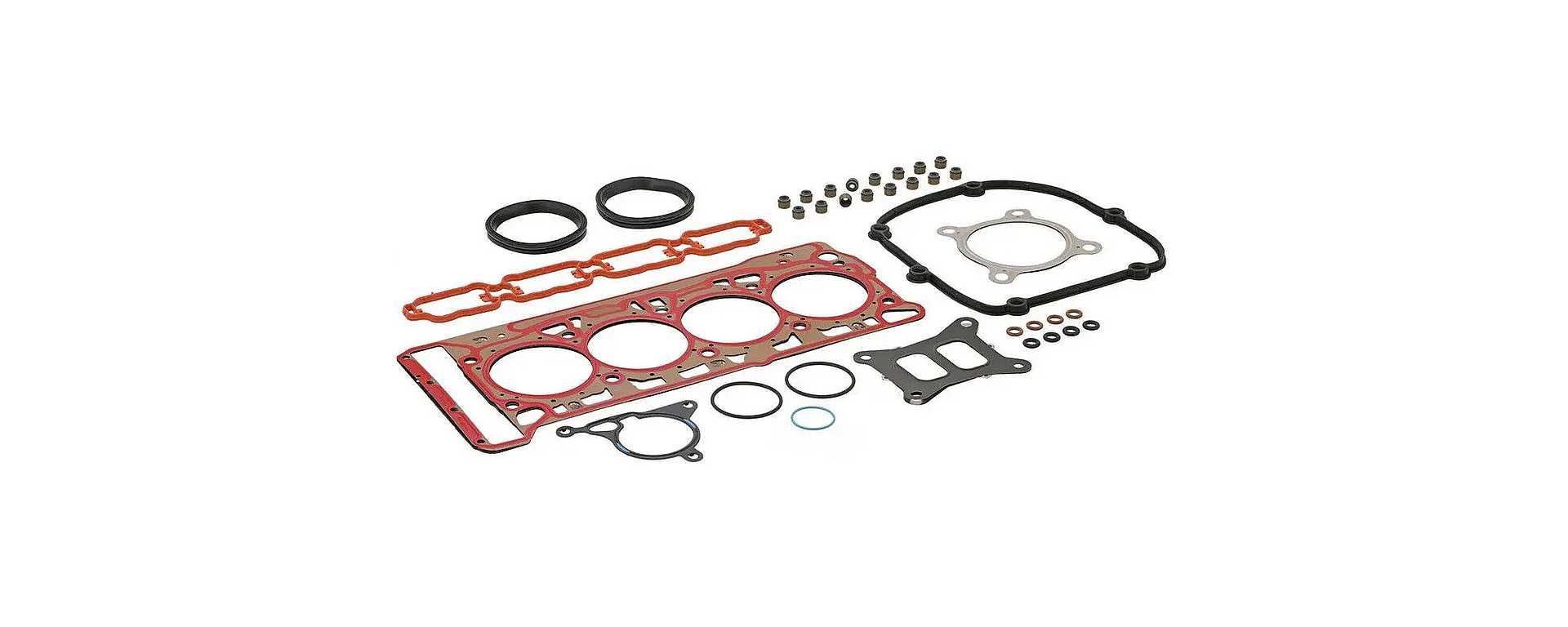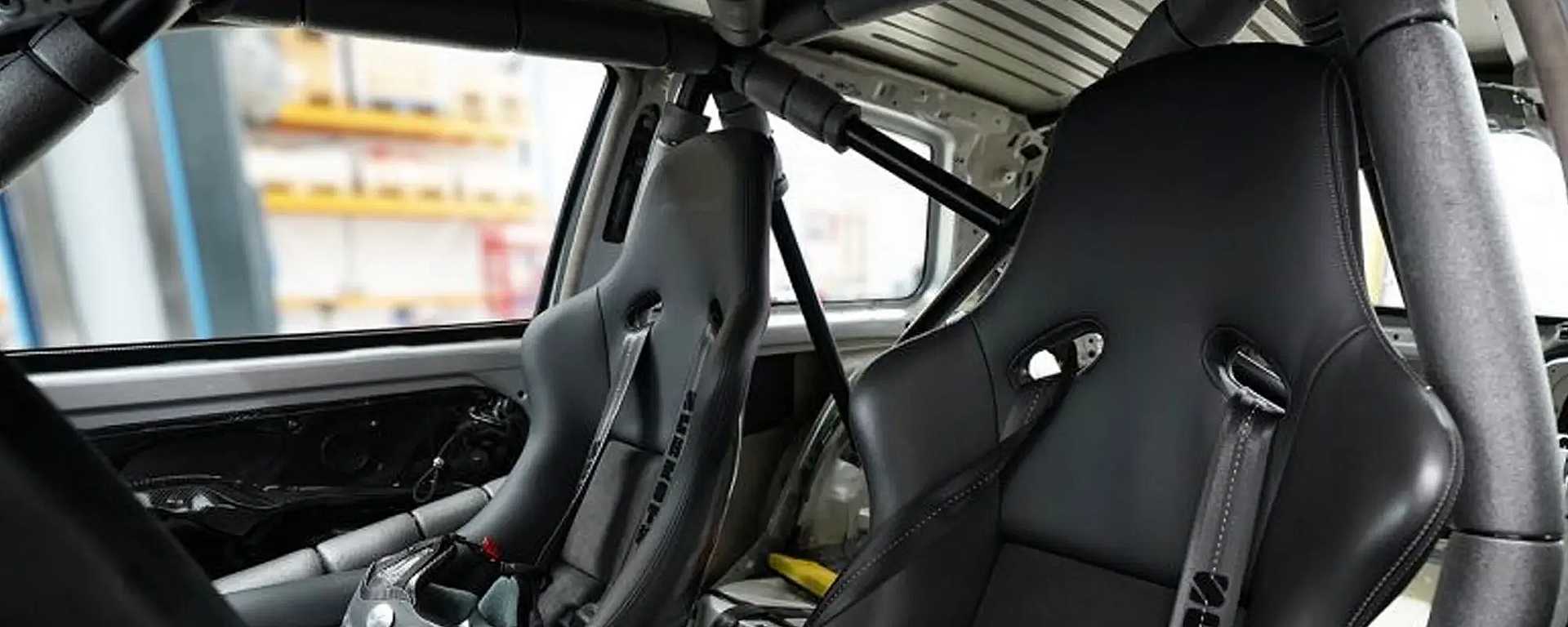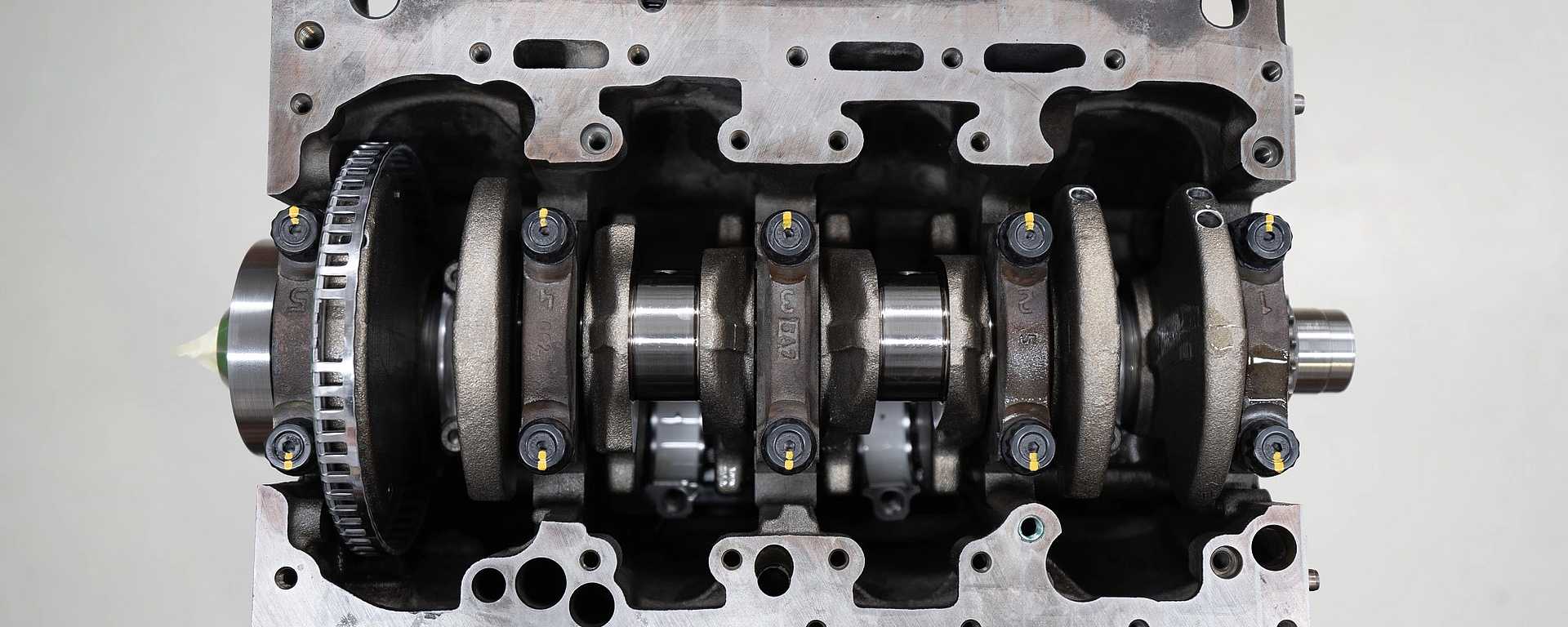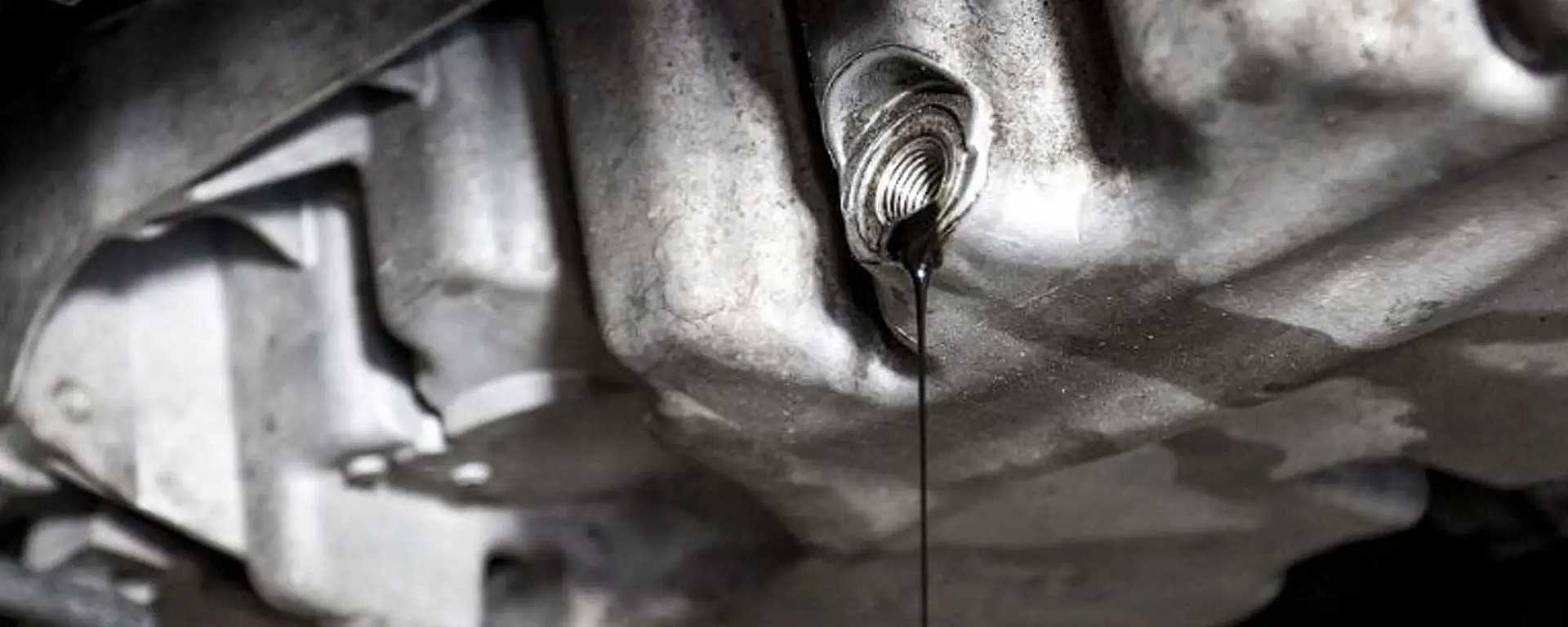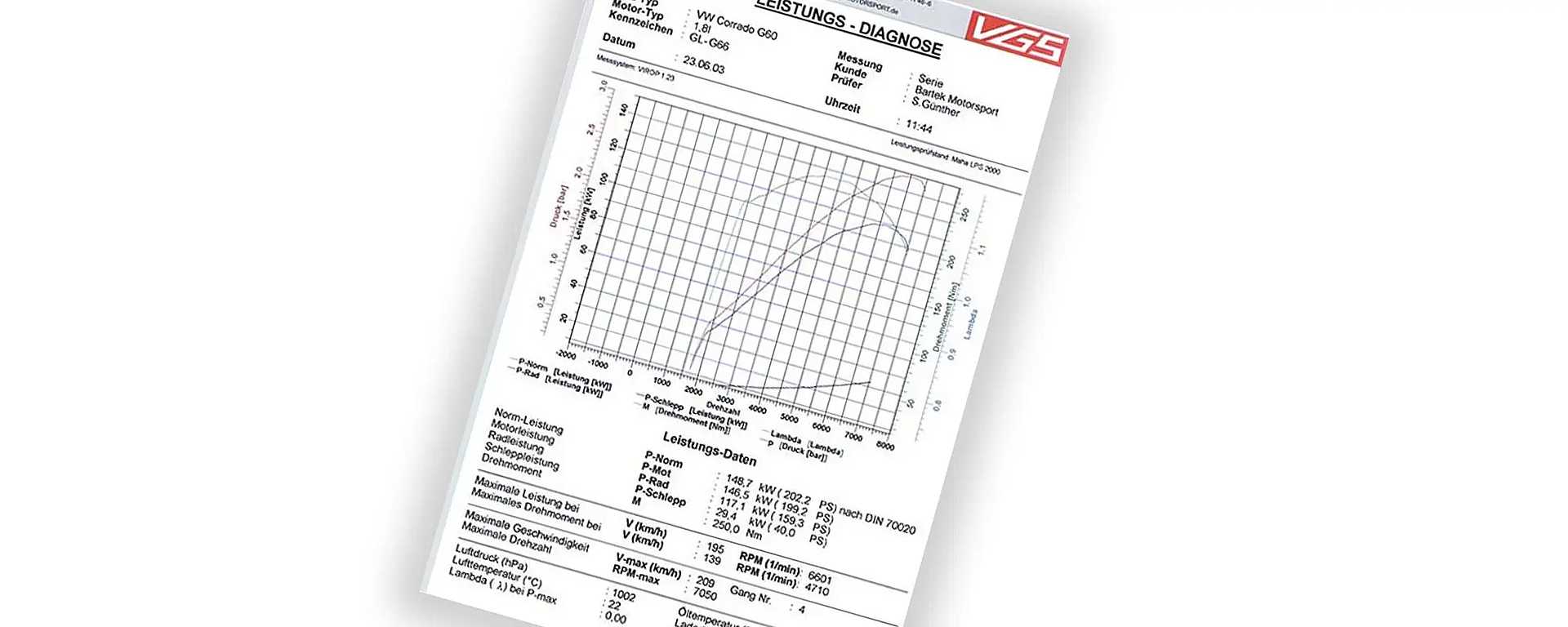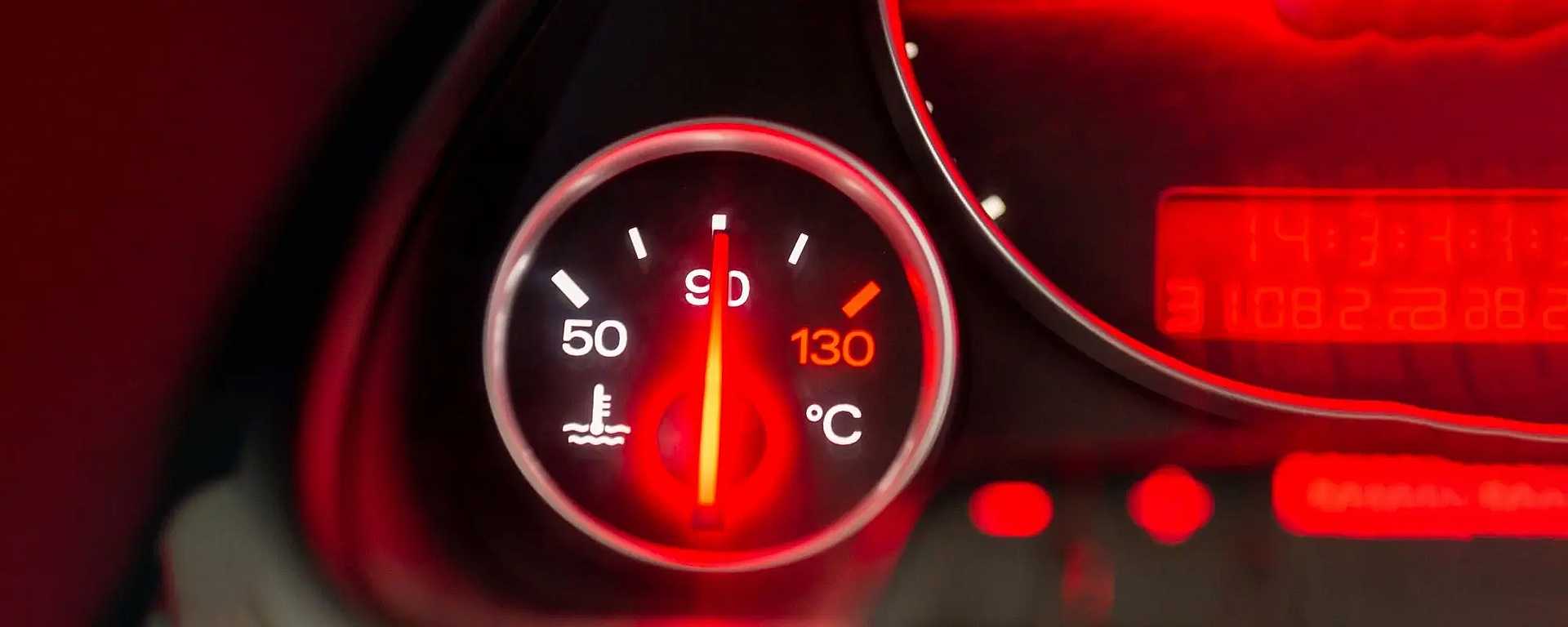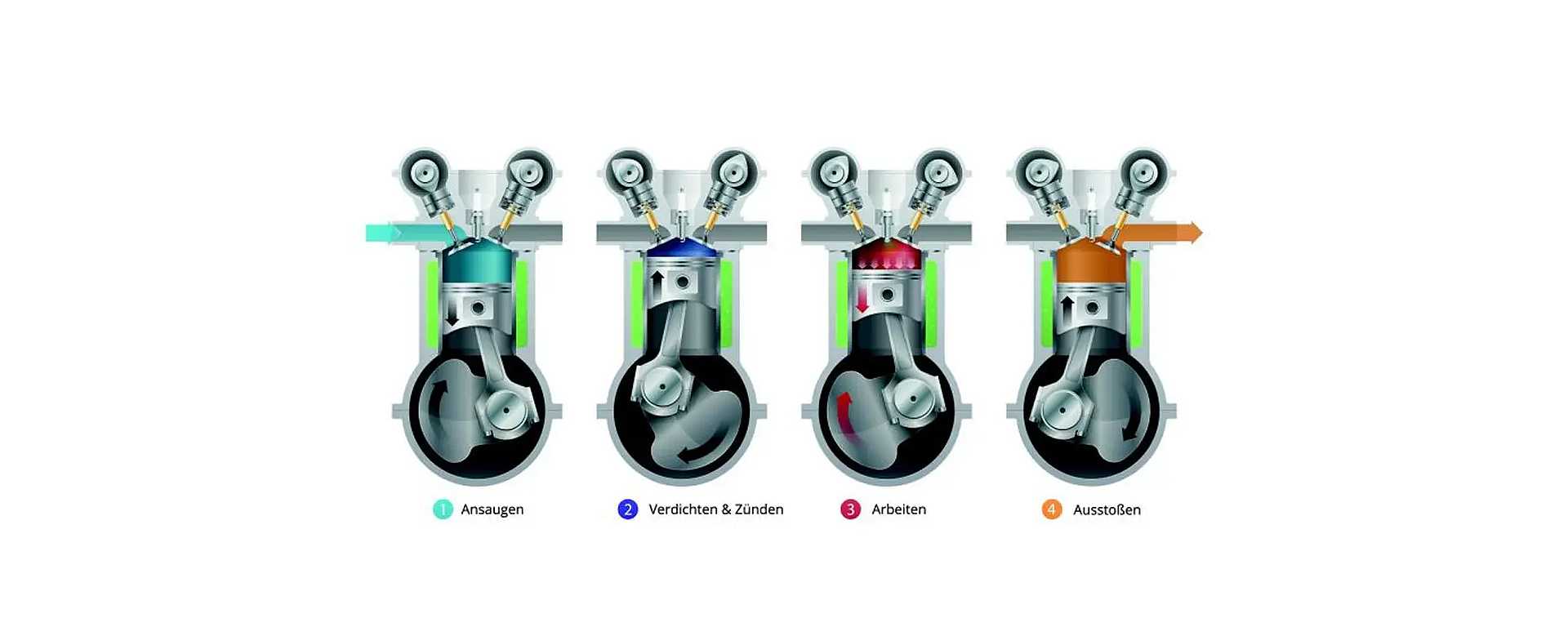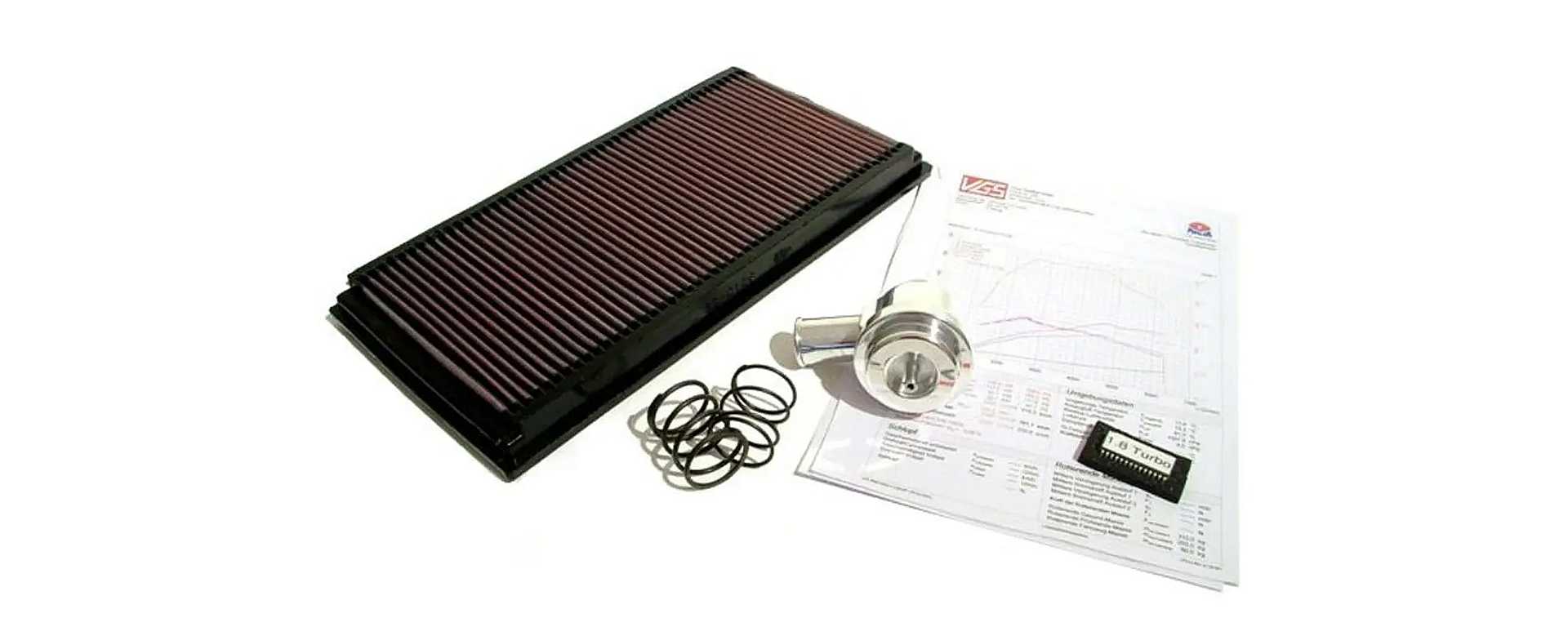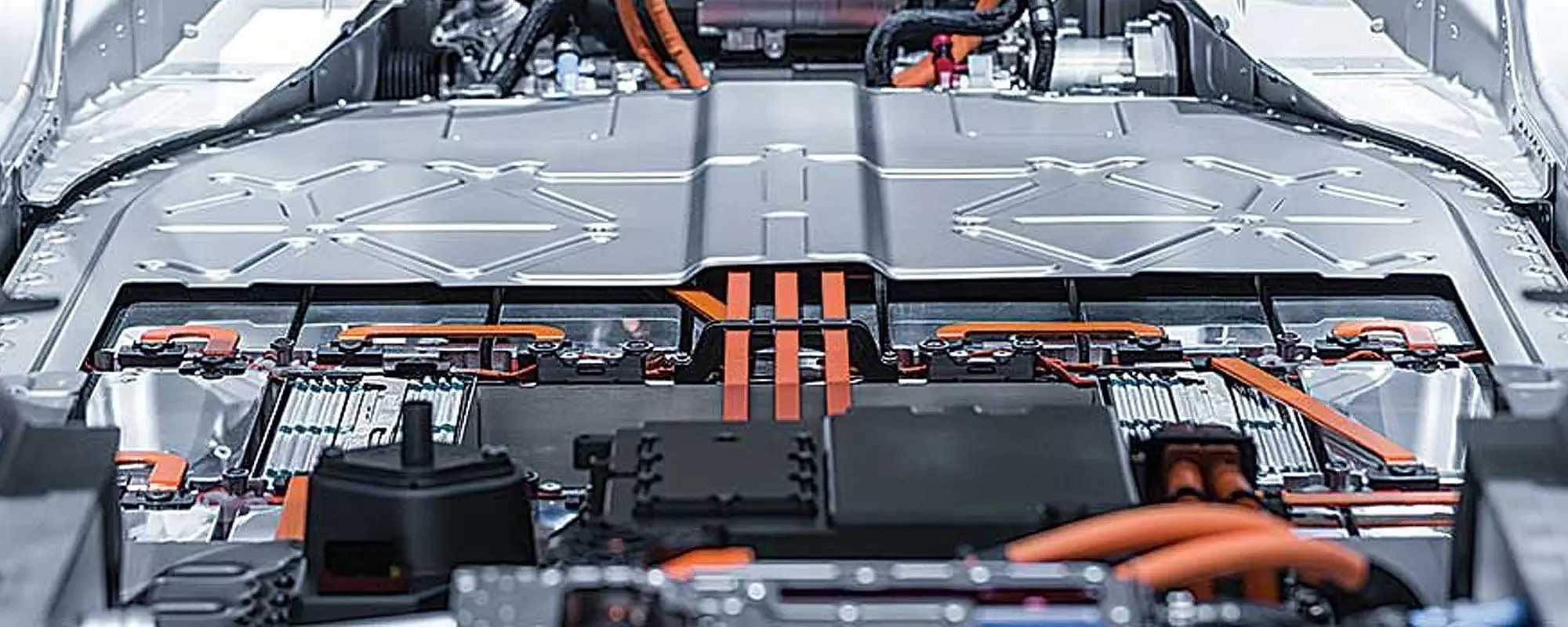

Electric tuning: Can e-cars be tuned at all?
When you think about tuning, you picture a combustion engine and its mechanical components.
Parts on which we can change, replace and upgrade a great deal. Here, there’s all kinds of potential that we can unleash. In an electric vehicle, the conditions are rather different. Instead of mechanical components, here it’s all about software. And of course we all know about chip tuning, but is that all that’s needed? Can e-cars even be tuned at all?
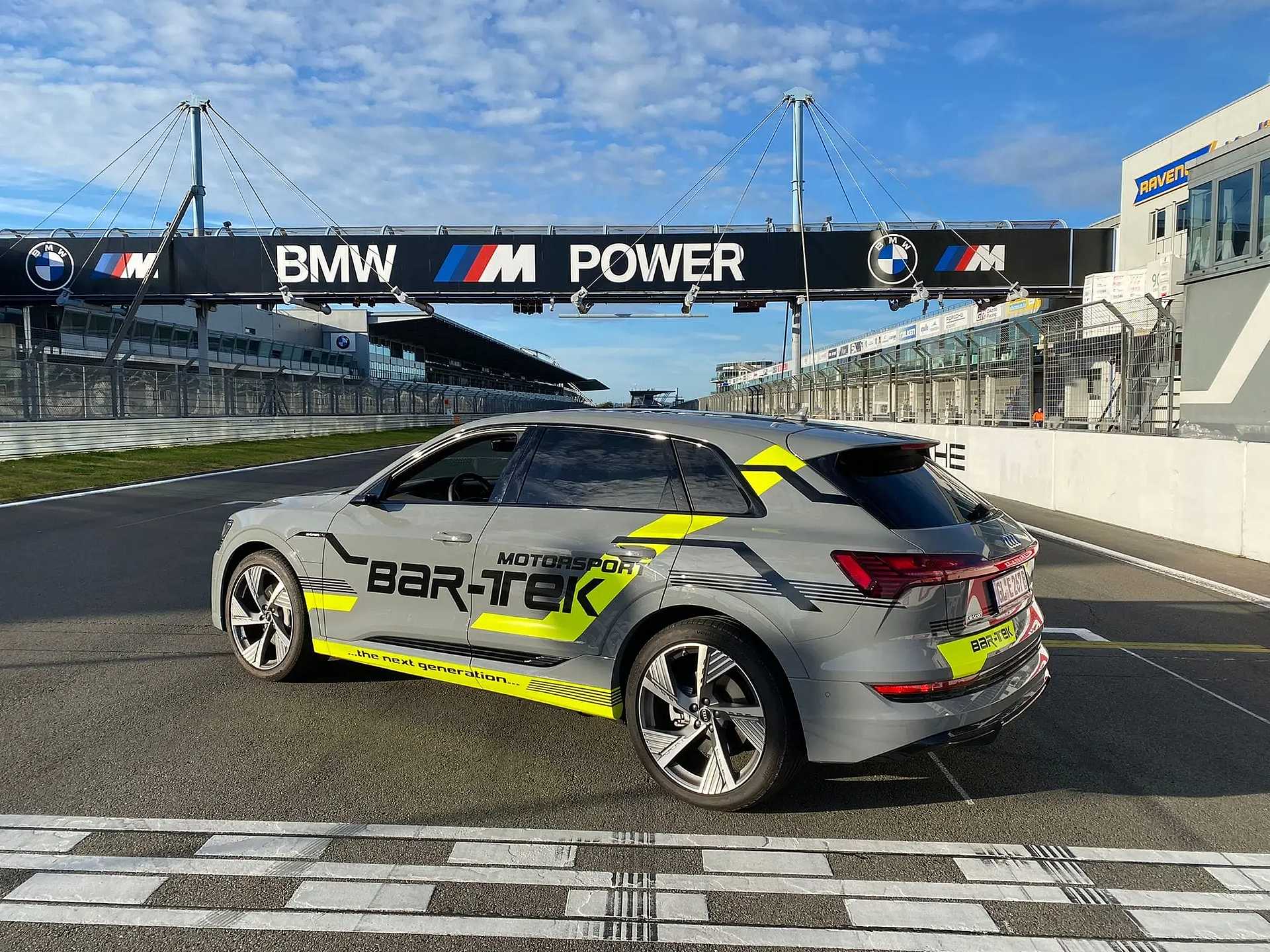
What actually is tuning?
When we talk about tuning, we always mean enhancing a vehicle’s performance. But mostly we’re thinking about the mechanical parts of an internal combustion engine. We tune camshafts, pistons and con-rods, upgrade the turbocharger, optimise the exhaust system, air intake, and so on. With electric car tuning, you don’t have any of these parts.
Also, it’s not just about drawing out as much horsepower as possible. It’s about the goose bumps that a growling racing engine gives you. It’s about the feeling you get when you floor it and the pedal is like an extension of your leg: when your engine’s responsiveness is simply perfect. And for some, of course, it’s also about the thrill of improving the vehicle more and more. And, naturally, expressing yourself, because above all tuning means turning your individual wishes and requirements into a reality. But these aren’t necessarily the criteria for tuning an electric car.
Chip tuning is a bit closer to e-car tuning. When an ICE vehicle is tuned, the software is optimised so that any existing potential can be unleashed. Combined with some mechanical upgrades, in particular, you can make quite a difference. And electric cars certainly have a lot of software! But to what extent can we tune an electric car just by changing the software?
How do electric cars work?
First, let’s take a look at how electric cars work. A glance under the bonnet tells us immediately that here nearly everything is different. Instead of the many mechanical components we’re used to in a combustion engine, what we see above all is a lot of electronics.
But beware: never look inside the engine compartment of an electric vehicle without the relevant expertise – there’s high voltage here!
The engine is and remains the heart of a car
In electric vehicles, too, nothing works without the engine – in this case, the electric motor – which is still the heart of the car. In the electric car, this is of course powered by electricity, and this changes everything. For this electricity has to come from somewhere, and that’s why we need a battery (which is mostly installed in the floor of the car). The electrical energy from the battery now has to be converted into mechanical energy in order to drive our electric car. To put it simply, this is done with the help of magnetic fields that alternately attract and repel one another. That’s how the drive works. And that’s why these motors are also known as synchronous AC (alternating current) motors.
This is where the electricity comes from: the car’s battery
The batteries are among the electric car’s most important components. Two batteries are installed, a high-voltage battery and a low-voltage battery.
The low-voltage battery is there to supply power to the other electronics. These couldn't cope with the high voltage from the main battery, and that’s why we need a lower voltage here. So the low-voltage battery powers the lights, windscreen wipers, radio, and so on, and the braking energy is also stored in this battery.
The high-voltage battery is the electric car’s energy storage device (like the tank in a combustion engine vehicle). Without it, there’s no electricity, and its capacity and quality determine the electric car’s range. It’s charged at a public charging station or a private wallbox.
Lithium-ion batteries are predominantly used, as they charge faster than other technologies, last longer and, above all, can store more electricity. These are the chief parameters of electric cars, which is why the price depends so heavily on the battery. The more power and capacity this battery has, the more expensive the vehicle.
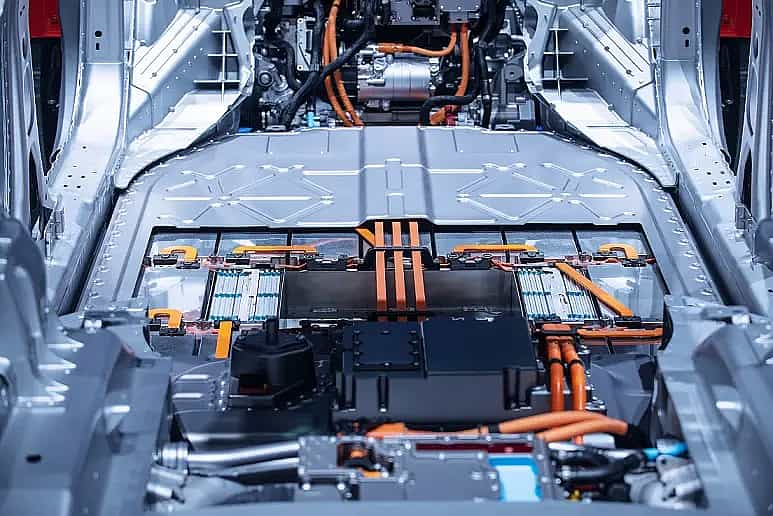
A special feature of electric car batteries is their intelligent battery management, which preserves the cell chemistry and protects it from getting too cold or overheated. This is vital if a battery is to retain its performance for as long as possible. Many manufacturers also recommend never charging the battery fully. This is also supposed to extend its life.
Electric car batteries consist of battery systems made up of varying numbers of modules, which in turn house the individual cells. Therefore, if ever there’s a problem with the battery, it’s often possible to replace individual modules, instead of having to exchange the entire battery.
The repair of high-voltage batteries demands extreme caution, which is why manufacturers employ additional high-voltage specialists for this. If modules are replaced, the new ones must always be balanced in line with the voltage in the system. For this, so-called battery balancers are used – but only at repair shops with specially trained staff. Therefore, not every garage is able to repair the battery of your electric car, or replace individual modules.
The charging connector: ‘refuelling’ your electric car
Charging your electric car works in a similar way to refuelling a combustion engine vehicle: the charging connector is similar to the fuel filler, except that instead of fuel, a simple power plug replenishes the supply. Whether you use your socket at home, a wallbox or a charging point – it’s up to you. These differ in their charging power, however (between 2.3 and 150 kilowatts), which means the charging speed also differs dramatically. But the charging time is also influenced by the battery capacity; the higher the capacity, the longer charging will take. What’s more, fast charging stations have different connectors, so you have to know exactly what your car requires. Moreover, you have to bear in mind that charging time is also affected by outside temperature and the current battery charge.
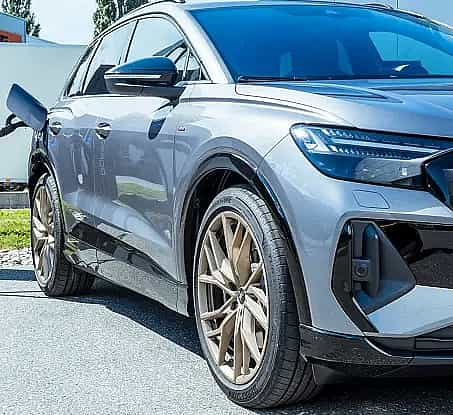
Software updates in electric cars
An electric car’s software has to be refreshed every now and then. These software updates may be necessary because of a recall, for instance. An update is also part of routine service. It’s important to stick to these – firstly, so that you don’t jeopardise your warranty and secondly, so that you’re always up to date with the latest performance.
Can you tune an electric car?
Depending on what you mean by tuning, the answer is a clear ‘Maybe’! Because as already mentioned, most of the components required for engine tuning are missing. Add to this the fact that electric cars mean high voltage, which is dangerous and requires expertise. However, there are a few options, and there’ll be more in future. Tuning pros and manufacturers are working hard on possibilities for tuning electric cars. In addition, electric motorsport is growing, and car makers are producing increasing numbers of electric racing cars. However, these cars already roll off the production line with optimised performance, so there’s a lot less room for improvement than with a traditional combustion engine.
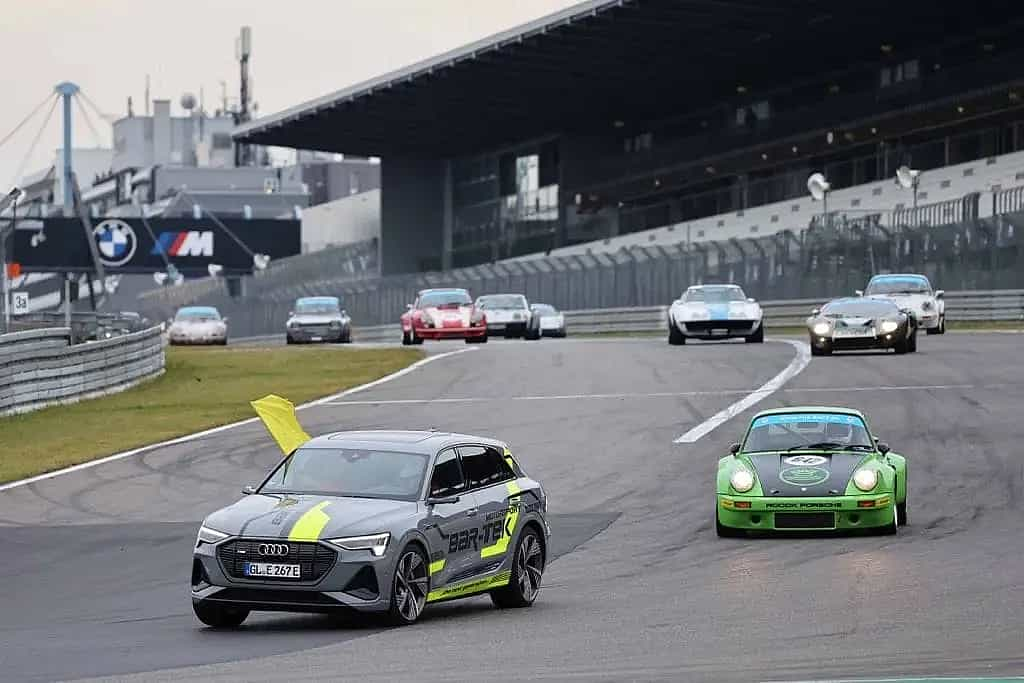
So far, this e-tuning is possible
3R tuning – rims, running gear, wrapping – is always possible. When we talk about tuning, we’re not usually referring to optical changes like this, such as fancy rims or car wrapping. Of course, in this respect nothing has changed compared to the classic combustion engine. We may well make the car look sportier, but a bit of foil does nothing to the performance.
Things are different with the running gear, as here it’s not just about looks: a car with lower suspension benefits from less air resistance. On the road, you feel considerably more comfort, energy consumption falls and safety improves. So far, for example, there’s a TÜV-approved coilover suspension for the Tesla Model Y, which can be set between 25 and 50 millimetres. It doesn’t sound a lot at first, but even at 25 mm you feel how much more ground contact the car has – it literally sticks to the asphalt. This means increased propulsion and therefore a greater range.
Accelerator tuning: Accelerator pedal tuning isn’t about real performance enhancement either. Here, the reaction time of the accelerator is changed by means of an additional control unit. Generally, you can choose between different modes, depending on where you are driving. The primary aim of these so-called pedal boxes is driving off and accelerating more quickly. Basically, this is a kind of slimmed-down chip tuning, which only adjusts the accelerator characteristic.
Chip tuning in the real sense isn’t yet possible in electric cars. Some vehicles may well improve their performance through software updates, but not to the same extent as comprehensive software optimisation by tuning professionals. Instead, we still have to make do with track modes, which some cars come with ex works and enable a switch between motorway and city traffic, for example.
Where the sound is concerned, manufacturers have specialists who are preoccupied solely with the sound their vehicles make. As electric cars scarcely make a sound, they normally can’t be heard by pedestrians either. A new directive has now changed this, but these cars are still not up to the sound of a V8 engine. To do this, there’s equipment such as sound generators, also known as sound boosters. These ensure a bit of nostalgia in electric cars, too.
Conclusion
Electric car tuning is still in its infancy. Not every repair shop is able to modify something in these technical marvels, and certainly not every hobby mechanic in his garage. With a few resources, however, the wish for a bit of personalisation can be realised, at least. And if you’re very ambitious, there’s always e-motorsport.
Have any questions?
We’re always happy to help with any questions about tuning. Simply send us a chat message or check out our FAQs.

